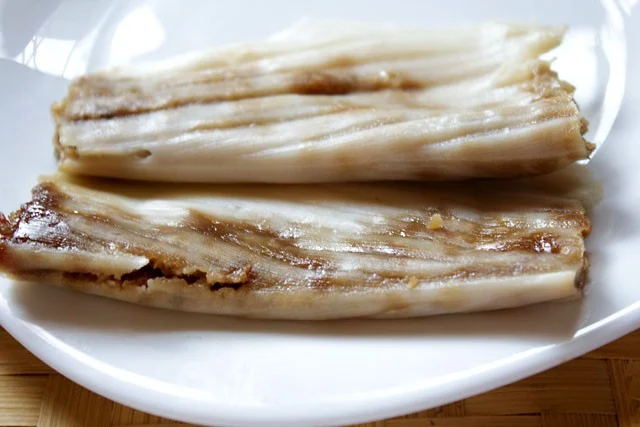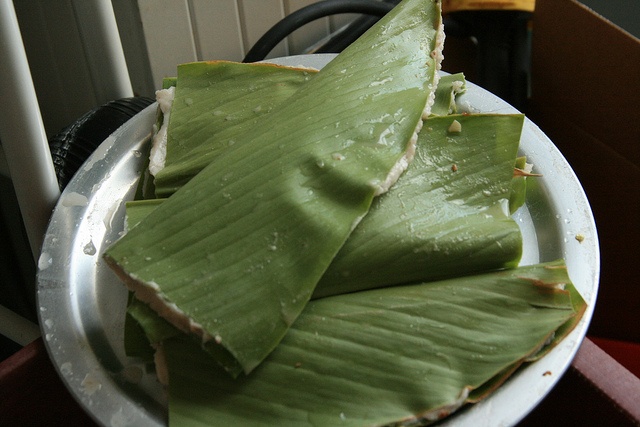
Every August in Goa, the air thickens with the scent of fresh turmeric leaves, jaggery, and coconut. It’s the season of Patolleanchem Fest, a heartfelt celebration that honors not just a beloved Goan delicacy, but also the spirit of community, heritage, and the blessings of the monsoon. In 2025, the festival is expected to be celebrated around mid-August, aligning with the Feast of the Assumption of the Blessed Virgin Mary on August 15th, and continuing across villages throughout the month.
What Is Patolleanchem Fest?
Patolleanchem Fest celebrates Patoleo (or Patoli), a sweet, steamed rice cake wrapped in turmeric leaves and stuffed with coconut and jaggery. While the dish is simple in ingredients, it carries deep symbolic meaning for Goans. It represents prosperity, purity, and gratitude for nature’s bounty during the monsoon.
Rooted in Goa’s agrarian past, the festival is a way of giving thanks for the monsoon rains that nurture the land and bring abundance. Though celebrated largely by the Catholic community, Patoleo transcends religious lines and is beloved by Goans of all faiths.
When & Where It’s Celebrated
In 2025, Patolleanchem Fest will be celebrated:
- Main Festival Day: August 15, 2025 (Feast of the Assumption of Mary)
- Location: Various villages across Goa, especially in Salcete, Bardez, and Tiswadi talukas.
Unlike festivals tied to a single venue, Patolleanchem Fest unfolds across different parishes, homes, and community halls, reflecting the decentralized but united spirit of Goan culture.
What Is Patoleo?
Patoleo is made using:
- Fresh turmeric leaves
- Ground rice paste
- A filling of grated coconut and Goan jaggery
The rice paste is spread on the leaf, filled, folded, and steamed. The result is a fragrant, soft, and naturally sweet dish, sometimes infused with cardamom or dried fruits for a family-specific twist.
Women at the Heart of the Festival
Women, especially the elder matriarchs, are central to the festival. They often begin preparations days in advance, athering turmeric leaves, grinding rice, and preparing the coconut filling. These recipes are passed down through generations, with great pride taken in preserving the exact taste and technique.
The kitchen becomes a site of spiritual labor, where each Patoleo is made not just for consumption, but as an offering, whether to the Virgin Mary, local saints, or ancestors.
Rituals, Music, and Community Gatherings
The day of the festival begins with prayers and blessings. Many families attend church services before sharing Patoleo with relatives, neighbors, and friends.
You’ll also find:
- Decorated homes and shrines with flowers, candles, and floral garlands (Torans)
- Traditional Goan music with instruments like the Ghumot and Shamel
- Folk dances like the slow, lyrical Mando and the high-energy Dulpod
These performances often take place spontaneously in village squares or local church grounds, fostering a deep sense of unity and joy.
Markets and Local Festivities
Community centers and village markets buzz with life during Patolleanchem Fest:
- Vendors sell freshly steamed Patoleo, traditional sweets, and snacks
- Stalls display handcrafted pottery, woven goods, spices, and souvenirs
- Local artisans and bakers get a chance to showcase their work, drawing both locals and tourists
The festival creates a warm, welcoming atmosphere, a perfect blend of cultural pride, culinary delight, and neighborhood camaraderie.
The Monsoon Connection
Monsoon in Goa isn’t just a season, it’s a soul state. Patolleanchem Fest aligns with nature’s rhythm, honoring the rains that sustain Goan agriculture and life. The smell of wet earth, the turmeric leaves, and the simmering pots of Patoleo all combine into a sensory celebration of season and spirit.
Conclusion
Patolleanchem Fest 2025 promises not only the joy of a delicious treat but also an immersion into Goan heritage. It is a festival of food, faith, family, and folklore, a monsoon tradition that connects generations and continues to grow more meaningful with time.
So if you’re in Goa this August, don’t miss the chance to taste tradition, watch folk dances, and feel the pulse of a village coming together in gratitude.


